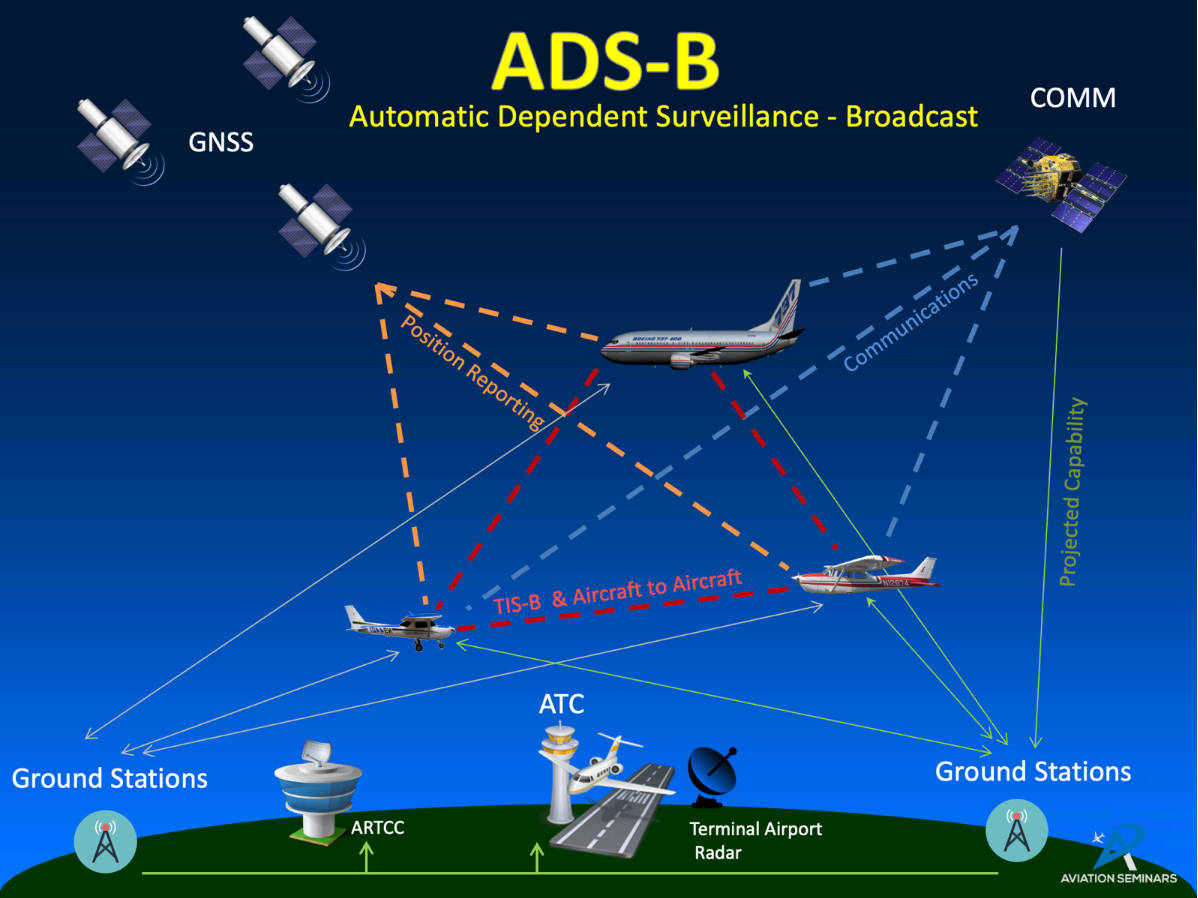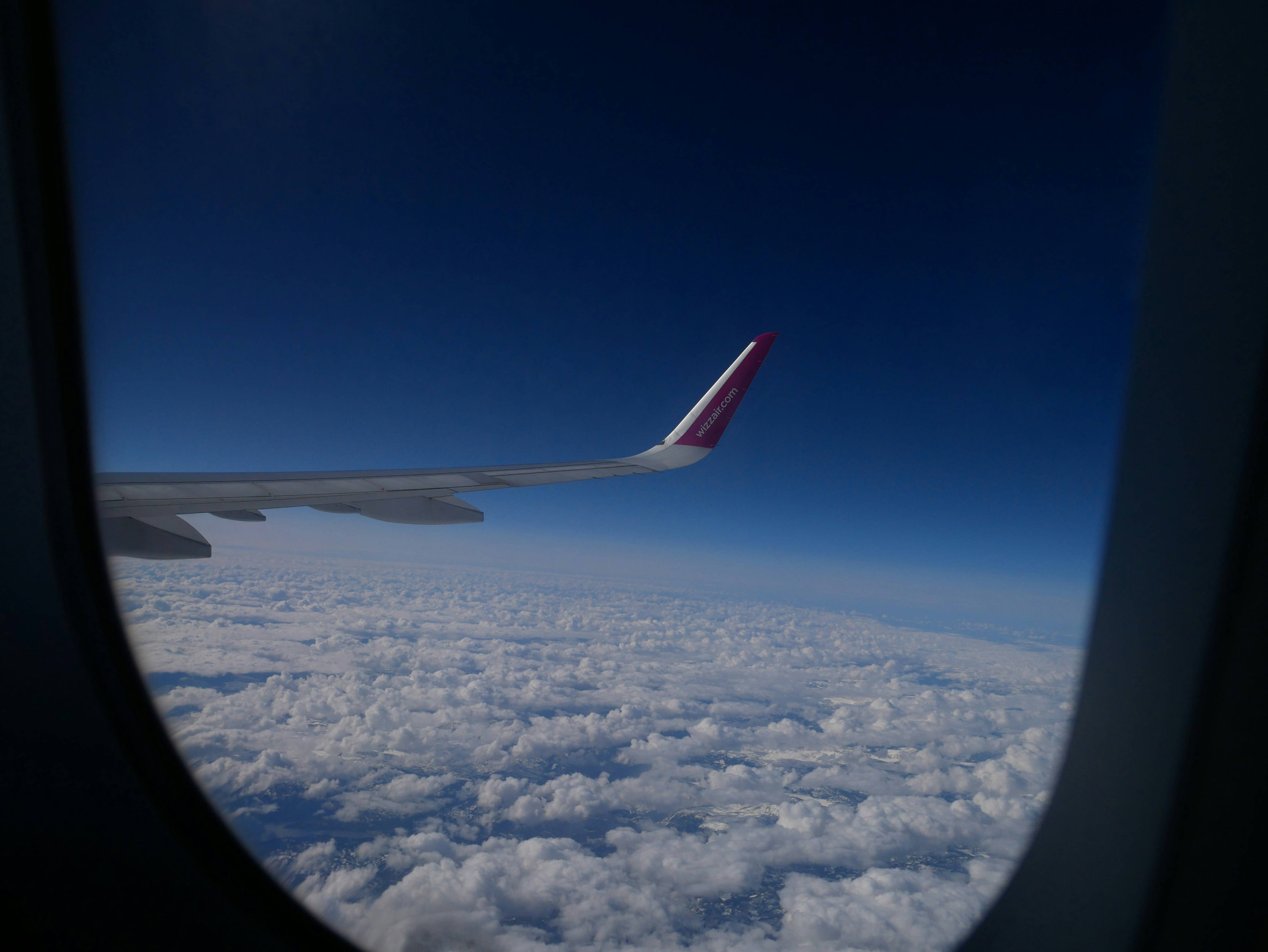Understanding Flight Tracking: A Comprehensive Guide
For those of you are aviation buffs (or geeks like me), you may have wondered whats all the magic behind tracking flights. Is it satellites that do all the work, ground-based radars, or...? Well follow me on this path to discover how it works behind the scenes.
Flight tracking is an intriguing process that employs a variety of technologies to monitor an aircraft's journey from one location to another. The most commonly used methods include Automatic Dependent Surveillance–Broadcast (ADS-B), radar systems, and satellite tracking.
Automatic Dependent Surveillance–Broadcast (ADS-B)
ADS-B is a surveillance technology where an aircraft determines its position via satellite navigation and broadcasts it periodically. It can be received by air traffic control ground stations as a replacement for secondary radar or by other aircraft for situational awareness and collision avoidance. A worldwide network of ground-based ADS-B receivers is used to keep track of aircraft positions.
VIDEO:In an era where real-time flight tracking is more crucial than ever, SITA's Aircom Flight Tracker offers a groundbreaking solution for airlines. This video delves into how this innovative ground-based software ensures continuous flight position updates without the need for costly aircraft modifications. I found it fascinating to learn how Aircom Flight Tracker seamlessly integrates multiple data sources to provide proactive alerts and enhance flight safety. If you're curious about how airlines can now monitor their flights globally and efficiently, this video is a must-watch!
However, ground-based ADS-B receivers aren’t the only tool in use. Over remote areas, such as oceanic airspace, ground-based receivers cannot be deployed. In such cases, satellite-based ADS-B receivers fill the gap, providing coverage and allowing aircraft to be tracked even in the most isolated parts of the world.
Radar Systems
Radar systems have been instrumental in flight tracking since World War II. These systems emit radio waves that bounce off aircraft and return to the radar station, allowing calculations of flight distance and direction. There are two primary types of radar systems: primary radar, which detects the location of the aircraft, and secondary radar, which identifies the aircraft and provides additional details such as altitude and flight number.
Satellite Tracking
Satellite tracking uses GPS technology where signals sent by the aircraft are transmitted to ground stations via orbiting satellites. This method provides real-time information, especially over remote areas where radar coverage may be limited. GPS data is collected by numerous receivers and satellites around the globe and transmitted to airline headquarters and aviation authorities for updating flight tracking systems.
Flight Tracking Websites/Apps
Flight tracking apps and websites provide real-time data from ADS-B, radar, and satellites, displaying details such as flight paths, speed, and altitude on a map. These platforms are accessible to anyone with an internet connection. However, not all aircraft are equipped with ADS-B or satellite tracking technology, and some regions may lack full radar coverage, leading to occasional gaps in data.
The Future of Flight Tracking
As technology evolves, new advancements in flight tracking are becoming more accessible. Future improvements may include:
- Advanced Satellite Systems: Low-Earth orbit (LEO) satellites are being developed to provide global real-time coverage, including in regions that lack traditional radar or ADS-B coverage.
- Artificial Intelligence (AI): AI can be utilized for analyzing flight data, detecting anomalies, and predicting potential issues before they arise.
- Integration with Other Technologies: As drones become more common, there will be a need for flight tracking systems that can monitor both manned and unmanned aircraft, possibly using drone-specific technologies.
- Cybersecurity Enhancements: With increasing digital reliance in the aviation industry, new cybersecurity measures are being implemented to protect against cyber threats.
To wrap up, current methods such as ADS-B, satellite tracking, and radar systems provide reliable real-time information about flights. With future technologies like AI and enhanced satellite systems, flight tracking is expected to become even more accurate and secure, ensuring a safer aviation industry for everyone.
FAQ: Flight Tracking Guide
Find more help here for your journey through the airport



